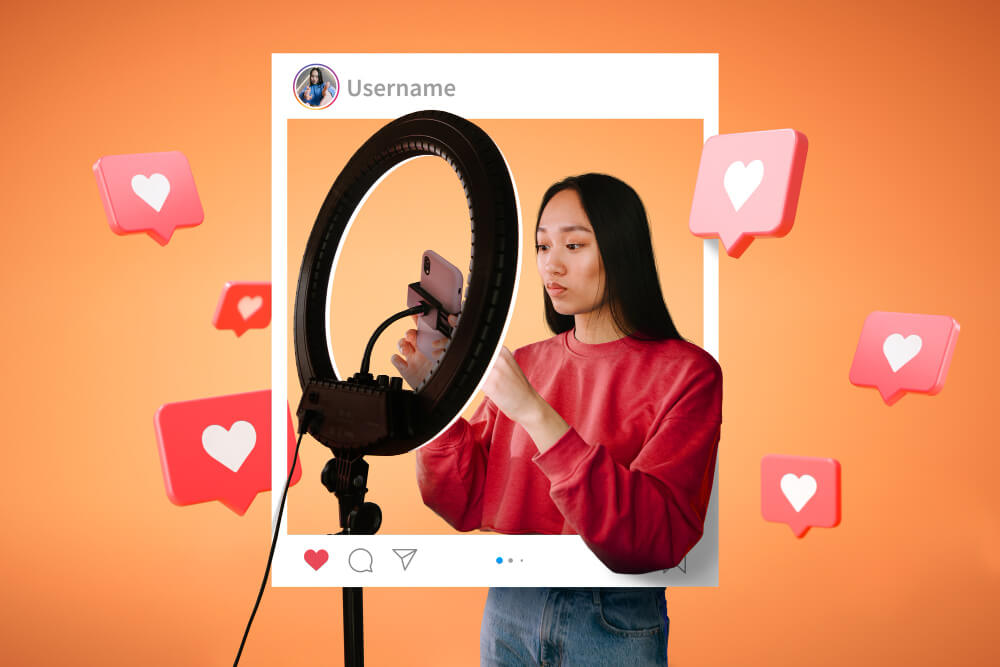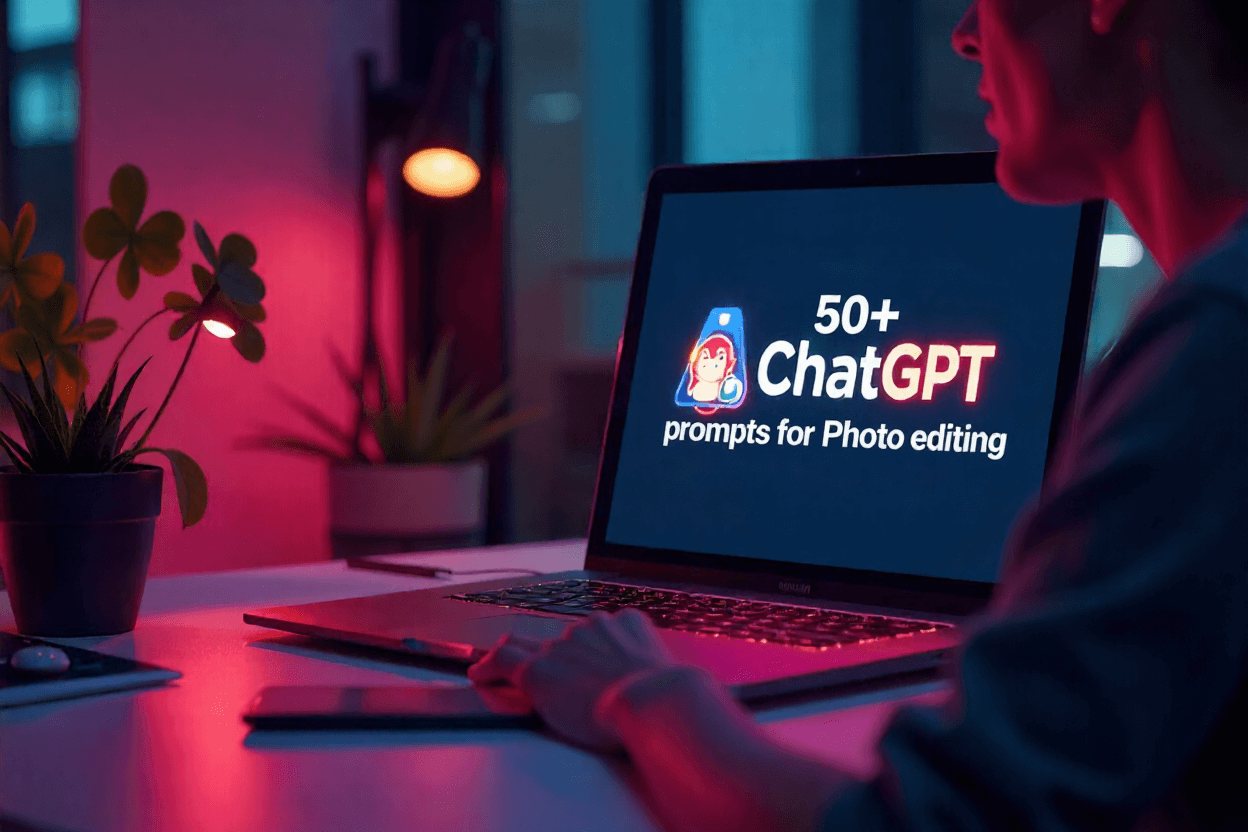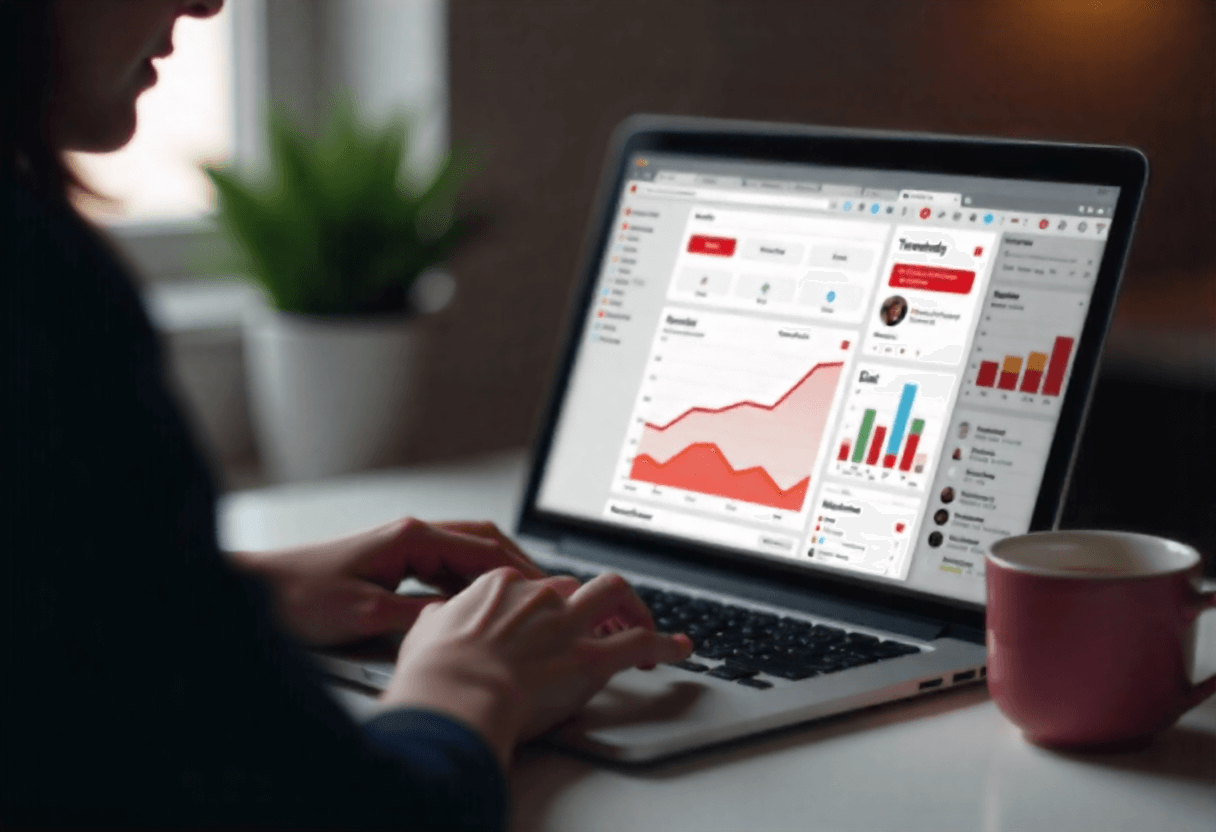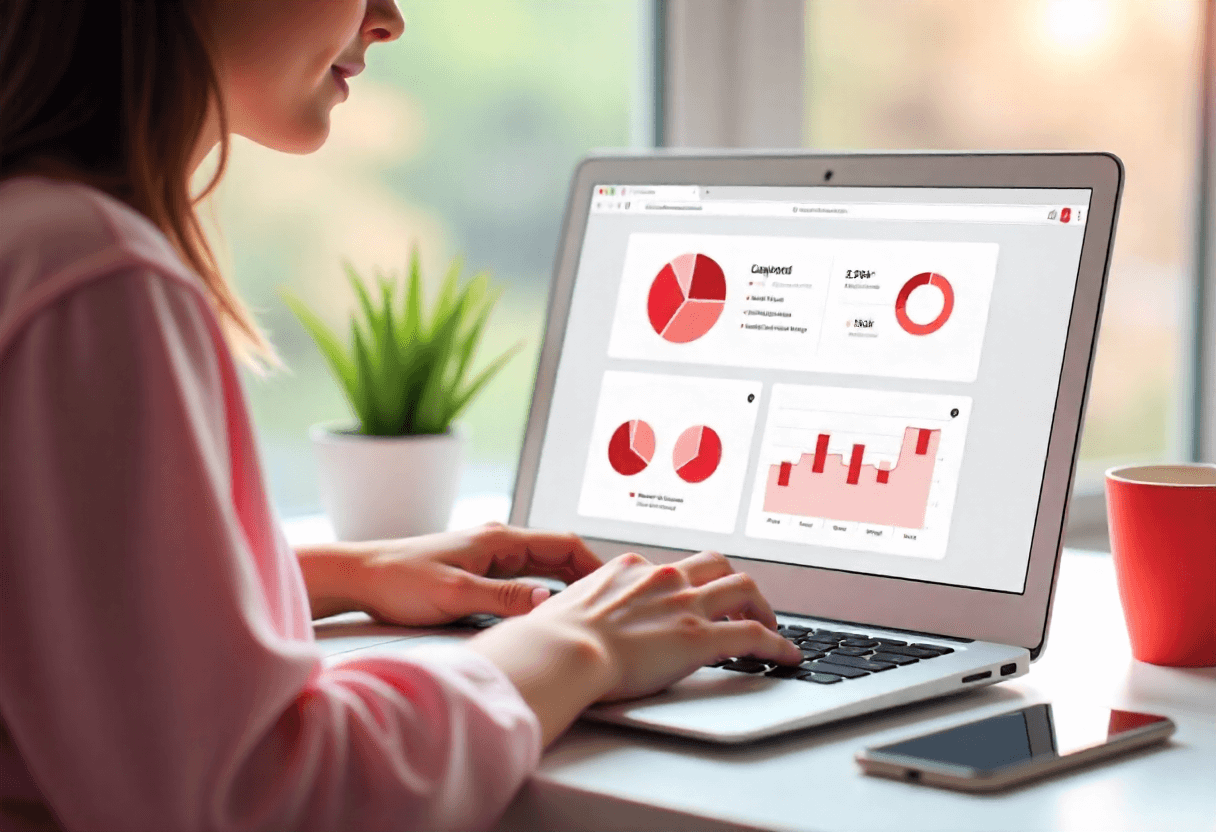
In today’s digital age, social media marketing has become an essential strategy for businesses of all sizes. Among the myriad of tactics employed to capture the attention of online audiences, influencer marketing stands out as one of the most effective. Within this realm, micro-influencers have emerged as powerful allies for brands seeking to build authentic connections with their target consumers.
Micro-influencers are social media users who have cultivated a modest but highly engaged following, typically ranging from 1,000 to 100,000 followers. Unlike their celebrity counterparts or macro-influencers, micro-influencers focus on niche topics and maintain a closer, more personal relationship with their audience. This unique positioning allows them to offer a level of authenticity and trust that is often unmatched in the broader influencer landscape.
The importance of micro-influencers in the current digital landscape cannot be overstated. As consumers become increasingly wary of traditional advertising and more discerning about the content they engage with, the genuine recommendations from micro-influencers carry significant weight. This blog post delves into the role of micro-influencers in social media marketing, exploring their advantages, effective collaboration strategies, and how to measure the impact of such campaigns.
Understanding Micro-Influencers
Definition and Characteristics
Micro-influencers are social media users who have built a loyal and engaged following within a specific niche. They typically have between 1,000 and 100,000 followers. Unlike celebrities or macro-influencers who boast millions of followers, micro-influencers operate on a smaller scale but often have a more dedicated and interactive audience.
Follower Count Range
Micro-influencers usually have between 1,000 and 100,000 followers. This range allows them to maintain a closer relationship with their audience, fostering trust and authenticity.
High Engagement Rates
One of the most notable characteristics of micro-influencers is their high engagement rate. Despite having fewer followers compared to macro-influencers, micro-influencers often receive more likes, comments, and shares relative to their audience size. This higher level of interaction signifies a strong connection with their followers, which can lead to more meaningful and impactful engagements for brands.
Niche Focus and Specialized Content
Micro-influencers usually focus on a specific niche or topic, such as fashion, fitness, beauty, travel, or technology. Their content is often highly specialized and tailored to the interests of their audience. This specialization not only helps them stand out in a crowded social media landscape but also makes them valuable partners for brands looking to reach a particular market segment.
Differences Between Micro-Influencers and Macro-Influencers
While both micro-influencers and macro-influencers play important roles in social media marketing, there are key differences between the two that can impact a brand’s marketing strategy.
Audience Size and Reach
Have a smaller but more engaged audience. Their reach is limited compared to macro-influencers, but the impact of their recommendations can be more significant due to the trust they have built with their followers.
Have a larger audience, often in the millions. They can provide brands with extensive reach and exposure but may have lower engagement rates as their audience is more diverse and less connected to the influencer on a personal level.
Engagement and Authenticity
Tend to have higher engagement rates. Their followers often view them as peers rather than celebrities, leading to a more authentic and relatable connection.
While they can drive significant traffic and awareness, their large followings can sometimes lead to a perception of being less accessible and authentic. Their engagement rates may be lower due to the broader and more varied nature of their audience.
Cost and Accessibility
Typically charge lower fees for collaborations, making them more accessible for small and medium-sized businesses. This cost-effectiveness allows brands to work with multiple micro-influencers, reaching different segments of their target market.
Command higher fees due to their extensive reach and celebrity status. Collaborating with macro-influencers can be more expensive and may not be feasible for all brands, especially those with limited marketing budgets.
Advantages of Using Micro-Influencers
Authenticity and Trust
Personal Connection with Their Audience
Micro-influencers typically have a more personal and intimate connection with their followers. They often engage in direct conversations, respond to comments, and share personal experiences, making their audience feel valued and heard. This personal touch helps build a strong sense of community and trust between the influencer and their followers.
Perceived as More Genuine and Relatable
Unlike celebrities or macro-influencers who may appear distant and unattainable, micro-influencers are perceived as more genuine and relatable. Their content often reflects real-life experiences and honest opinions, making them seem more trustworthy. When they endorse a product or service, their followers are more likely to believe in the authenticity of the recommendation.
Cost-Effectiveness
Lower Costs Compared to Macro-Influencers and Celebrities
Collaborating with micro-influencers is generally more affordable than working with macro-influencers or celebrities. Micro-influencers usually charge lower fees for sponsored posts, making it easier for brands to engage in influencer marketing without breaking the bank.
Budget-Friendly for Small and Medium-Sized Businesses
The cost-effectiveness of micro-influencers makes them an attractive option for small and medium-sized businesses with limited marketing budgets. These businesses can partner with multiple micro-influencers to maximize their reach and impact, all while staying within their budget.
Higher Engagement Rates
More Interactions and Engagement per Post
Micro-influencers often enjoy higher engagement rates compared to their macro counterparts. Their followers are typically more active, frequently liking, commenting, and sharing their content. This higher level of engagement can lead to increased visibility and interaction for the brands they promote.
Higher Likelihood of Influencing Purchasing Decisions
Due to their strong connection with their audience, micro-influencers have a greater ability to influence purchasing decisions. Their followers tend to value their opinions and recommendations highly, leading to a higher likelihood of converting engagement into actual sales. Brands can benefit from this trust and credibility, resulting in more effective and impactful marketing campaigns.
Strategies for Collaborating with Micro-Influencers
Identifying the Right Micro-Influencers
Tools and Platforms for Finding Micro-Influencers
Utilize influencer marketing platforms such as AspireIQ, Upfluence, and Influence.co to search for micro-influencers based on specific criteria like location, niche, and audience demographics.
Use social media listening tools like Hootsuite, Sprout Social, or BuzzSumo to discover influencers who are already engaging with your brand or industry.
Leverage hashtag research on platforms like Instagram and Twitter to find influencers who are actively discussing topics relevant to your brand.
Criteria for Selection
Ensure that the influencer’s content and audience align with your brand’s values, products, and target market.
Look for influencers with high engagement rates, as this indicates an active and interested audience. Tools like Phalanx can help calculate engagement rates.
Evaluate the quality of the influencer’s content, including their photography, video production, and writing skills. High-quality content is crucial for effective brand representation.
Building Relationships
Approaching Micro-Influencers
Start by engaging with their content: like, comment, and share their posts to build a genuine connection before reaching out.
Personalize your outreach messages, highlighting why you think they are a good fit for your brand and how a collaboration can be mutually beneficial.
Offer clear and compelling reasons for the influencer to work with your brand, such as exclusive access to new products, monetary compensation, or co-creating unique content.
Creating Mutually Beneficial Partnerships
Discuss and agree on the terms of the collaboration, including deliverables, timelines, and compensation.
Be open to the influencer’s creative input and ideas. They know their audience best and can provide valuable insights on how to present your brand authentically.
Foster a long-term relationship by providing continuous support, feedback, and opportunities for future collaborations.
Campaign Planning
Setting Clear Goals and Objectives
Define what you aim to achieve with your micro-influencer campaign, such as increasing brand awareness, driving traffic to your website, or boosting sales of a particular product.
Establish specific, measurable, attainable, relevant, and time-bound (SMART) goals to track the success of your campaign.
Defining Key Performance Indicators (KPIs)
Identify the KPIs that will help measure the effectiveness of your campaign. Common KPIs include engagement rates, reach, impressions, website traffic, and conversion rates.
Use tracking tools like Google Analytics, social media insights, and unique promo codes or affiliate links to monitor these metrics.
Developing Creative Briefs and Content Guidelines
Provide influencers with a clear creative brief outlining the campaign’s goals, key messages, and any specific content requirements (e.g., hashtags, product mentions, brand tone).
Include guidelines on visual and written content, but allow flexibility for the influencer’s creativity and authentic voice.
Ensure compliance with legal and ethical standards, such as FTC guidelines for sponsored content and disclosures.
Measuring the Impact of Micro-Influencer Campaigns
Key Metrics to Track
Engagement Rate
Measure the level of interaction (likes, comments, shares) on the influencer’s posts related to your campaign. A high engagement rate indicates that the content resonates with the audience and drives active participation.
Calculate engagement rate by dividing the total engagement by the number of followers and multiplying by 100 to get a percentage.
Conversion Rate
Track the number of users who take a desired action (e.g., making a purchase, signing up for a newsletter) after interacting with the influencer’s content.
Use unique promo codes or affiliate links to attribute conversions directly to the micro-influencers efforts.
Return on Investment (ROI)
Calculate ROI by comparing the revenue generated from the campaign to the total costs involved (including payments to influencers, product samples, and marketing expenses).
A positive ROI indicates that the campaign was profitable and effective in achieving its financial goals.
Tools and Analytics
Social Media Analytics Tools
Utilize platform-specific analytics tools such as Instagram Insights, Facebook Analytics, and Twitter Analytics to track engagement, reach, and audience demographics.
Third-party tools like Hootsuite, Sprout Social, and Buffer can provide comprehensive analytics across multiple social media platforms.
Custom Tracking Links and Promo Codes
Create unique tracking links using URL shorteners like Bitly or Google’s Campaign URL Builder to monitor clicks and traffic sources.
Offer exclusive promo codes to the influencer’s audience, which can be tracked to measure direct sales and conversions resulting from the campaign.
Analyzing and Reporting Results
Evaluating Campaign Performance
Compile data from various sources to get a holistic view of the campaign’s performance. Look at both quantitative metrics (e.g., engagement, conversions) and qualitative feedback (e.g., audience sentiment, comments).
Compare the results against the initial goals and KPIs set for the campaign to determine success.
Adjusting Strategies Based on Insights
Identify what worked well and what didn’t by analyzing the collected data. For instance, if a particular type of content (e.g., video vs. image) performed better, consider focusing more on that format in future campaigns.
Use insights to refine your influencer selection criteria, creative briefs, and overall approach to influencer marketing. Continuously optimize strategies based on what drives the best results.
Conclusion
Micro-influencers have emerged as valuable players in the world of social media marketing, offering unique advantages that larger influencers and traditional advertising methods often cannot match. Their authenticity, personal connections with followers, cost-effectiveness, and high engagement rates make them powerful allies for brands seeking to build genuine and impactful relationships with their target audience.
By understanding the characteristics of micro-influencers and implementing effective collaboration strategies, brands can leverage these influencers to drive meaningful engagement and achieve their marketing goals. Identifying the right micro-influencers, building strong partnerships, and meticulously planning campaigns are crucial steps to ensure success.






